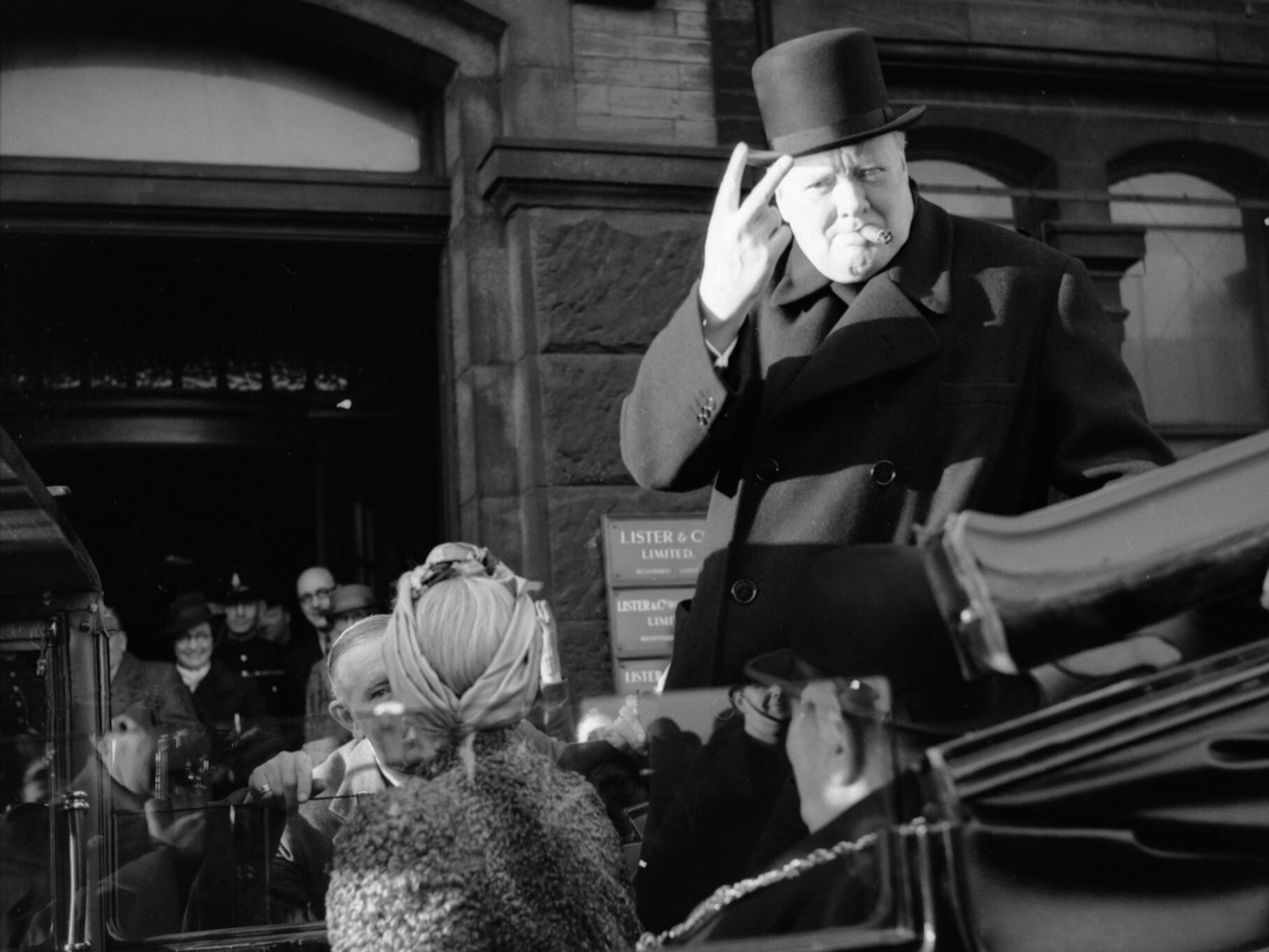As World War II drew to a close in Europe in May 1945, the Allied powers, primarily the United States, the United Kingdom, and the Soviet Union, celebrated the defeat of Nazi Germany. However, beneath the surface of this victory lay growing tensions between the Western democracies and the Soviet Union. The alliance had been one of convenience rather than shared ideology. British Prime Minister Winston Churchill, in particular, harbored deep mistrust of Soviet leader Joseph Stalin and feared that the USSR would not honor its commitments made during wartime conferences, such as the Yalta Agreement. Churchill was especially concerned about Poland, whose postwar fate was being shaped by Soviet occupation and influence. These anxieties led Churchill to consider a radical and risky military contingency plan: Operation Unthinkable.
The Genesis of Operation Unthinkable
Operation Unthinkable was conceived in May 1945, just days after Germany’s surrender. Churchill directed the British Chiefs of Staff Committee to explore the feasibility of launching a surprise military offensive against the Soviet Union. The plan was drafted by the Joint Planning Staff and was divided into two distinct components. The first was an offensive operation aimed at forcing the Soviet Union to withdraw from Eastern Europe and honor its agreements, particularly regarding Poland. The second was a defensive strategy, intended to prepare for a possible Soviet attack on Western Europe.
The offensive plan was the more audacious of the two. It envisioned a surprise assault by British and American forces, supported by Polish troops and potentially even rearmed German soldiers. The goal was to impose the “will of the United States and British Empire upon Russia,” which Churchill defined as ensuring a fair postwar settlement for Poland. The planners were instructed to consider the use of up to 47 divisions, including 14 American, 18 British and Commonwealth, and 10 Polish divisions, with the possibility of incorporating German manpower and industrial resources.
Strategic Assumptions and Challenges
The planning staff made several bold and arguably unrealistic assumptions. They presumed that public opinion in the United States and Britain would support a new war against the Soviet Union so soon after the defeat of Nazi Germany. They also assumed that Allied troops would maintain high morale and that Polish forces would be eager and effective participants. Perhaps most controversially, they considered the possibility of rearming German soldiers and utilizing German industry to support the campaign, a notion that would have been politically and morally fraught in the immediate aftermath of the Holocaust and the devastation of the war.
Despite these assumptions, the planners quickly recognized the immense challenges. The Soviet Union had a vast numerical advantage in Europe, with over 6 million troops stationed across Eastern Europe and Germany. The Red Army was battle-hardened and well-equipped, and the logistical demands of a new war would strain Allied resources. Moreover, the political appetite for another conflict was virtually nonexistent among war-weary populations in the West. The planners concluded that the operation would likely result in a “protracted war against heavy odds,” with no guarantee of success.
Outcome and Abandonment
By June 1945, the British Chiefs of Staff had completed their analysis and advised against pursuing Operation Unthinkable. The plan was deemed militarily unfeasible and politically untenable. Churchill, though deeply concerned about Soviet expansionism, accepted the recommendation. Shortly thereafter, he was voted out of office in the July 1945 general election and replaced by Clement Attlee, whose Labour government had little interest in confronting the Soviet Union militarily.
Operation Unthinkable was quietly shelved and remained classified for decades. It was never presented to the United States as a formal proposal, and there is no evidence that American military planners seriously considered it. The plan’s existence only became public knowledge in the 1990s, when declassified documents revealed the extent of Churchill’s concerns and the radical nature of the proposal.
Final Thoughts
Although Operation Unthinkable was never implemented, its legacy is significant. It marked one of the earliest instances of strategic planning for a potential conflict between the Western Allies and the Soviet Union, an ideological and geopolitical rivalry that would soon crystallize into the Cold War. The plan revealed the depth of mistrust between Churchill and Stalin and foreshadowed the division of Europe into Eastern and Western blocs.
